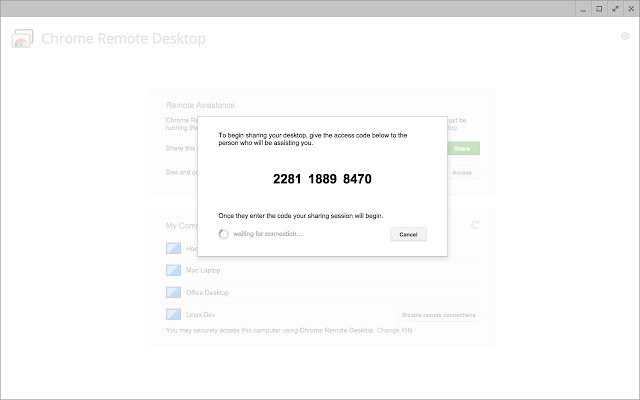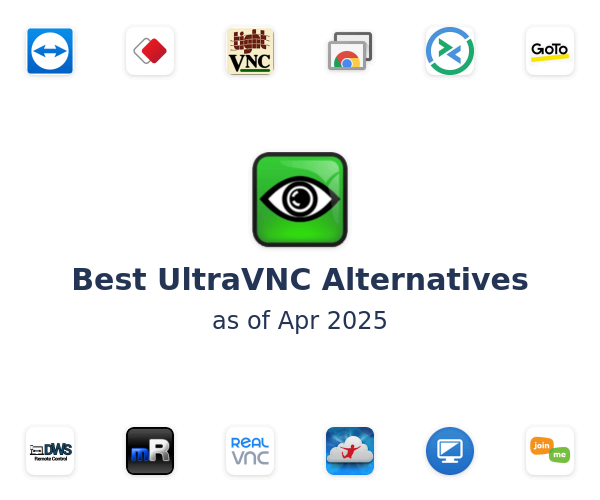
I personally use NoMachine because it feels more fluent in my setup, but YMMV. In Linux, you can try xrdp, but VNC is better supported anyway. RDP-based: Developed by Microsoft, so you will use it to connect to Windows remote machines.NX-based: NoMachine, propietary but free for personal use.The recommended option is usually tigervnc. There several protocols to do that, like VNC, RDP, NX or SPICE. The server can apply advanced compression on the fly so it will normally feel more fluent than -X. They consist of a server that runs on the machine to be accessed ( REMOTE) and a client that connects to the server from the machine we are sitting at ( HOME). They will display your remote graphical environment (desktop and everything) in a dedicated window in your local machine. If you really insist on having remote graphical access, though, there are more efficient approaches than straight X forwarding: remote desktop solutions. Third option: through remote desktop protocols It might be the SSH server, an incompatibility between remote and local libraries… It it doesn’t work out of the box, a lot of moving parts must be set up.If the connection is slow, the graphical information can take a while to be rendered locally, so sometimes is faster to mount the data sshfs and use a local program.If some parts of the interface do appear, but others don’t (especially 3D renderers), this is a problem with the GL libraries - they might not match between remote and local, etc. If it does not work ( empty DISPLAY, etc), please check the answers to this question in StackExchange for troubleshooting. Then, once connected, try to launch a graphical interface, like gedit to test basic 2D interaction or glxgears for 3D renders.

If you want to be able to open graphical programs from your remote machine (like a 3D viewer), simply add the -X option to your ssh command or ForwardX11 yes in the adequate ~/.ssh/config Host entry. If you have set up your SSH connections as explained in part1, this is the easiest solution and does not require installing anything else ( a priori). If there are licenses involved, this can be tricky or even impossible.
Nomachine vs vnc install#

If the files are very big and your connection is slow, the files can take a while to open.No network lag between your actions and the calculations (file loading will take longer, though).If the software runs with local files, it will run with sshfs-mounted files. No graphical incompatibilities between systems.
Nomachine vs vnc download#

Redirecting all the graphical interface information (positions, polygons, actions…) through the network connection is usually more expensive than simply streaming the raw data to a local client, that’s why I recommend the sshfs approach commented in part 1 or even the remote analysis from part 2. Remote graphical access First option: don’t!

Nomachine vs vnc how to#
This is the third (and last) part of the tutorial series How I work from home, in which I explain how to access your data remotely via different ways.


 0 kommentar(er)
0 kommentar(er)
